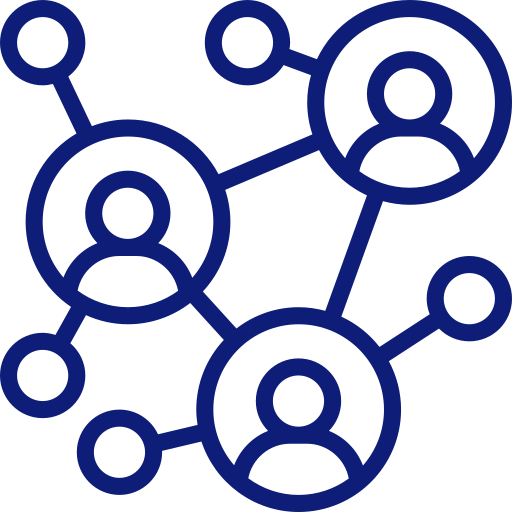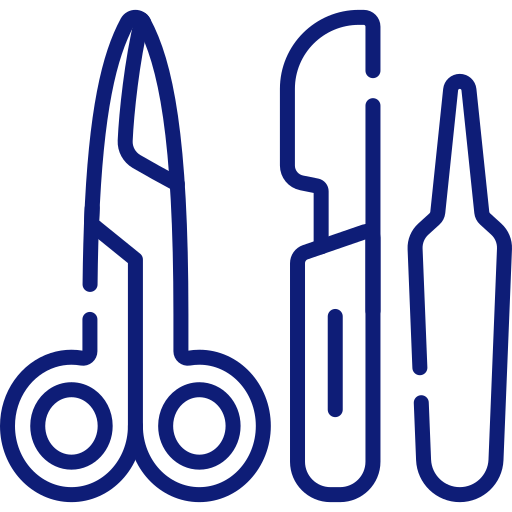September 15, 2020
Blog
Take a standardized approach to aggregation
Ken Moir
The pharmaceutical industry is one of the most regulated industries in the world. There seems to be no end to the requirements pharmaceutical manufacturers have to comply with, and with good reason. Regulations help ensure the safety and efficacy of medications that millions depend on every day. Relatively new requirements, such as serialization, help to address the growing counterfeit drug industry. And aggregation, when it becomes a reality, will enable full traceability of every prescription drug on the market. Yet, all of these regulations, while necessary, present a challenge: Compliance. Many pharmaceutical manufacturers struggle with finding the best way to comply with these regulations. Here we look at two approaches, and make our case for standardization.
The silo approach
With serialization, many pharmaceutical manufacturers addressed the requirement through equipment. They purchased the necessary machines to help them with generating serial numbers, print the label and communicate the number back to the appropriate authorities. Job done. However, this approach has its limitations. If it’s implemented as a standalone system, it can only do what it was designed to do: handle serialization. Once aggregation becomes a requirement, pharmaceutical manufacturers will need another separate system to effectively handle this part of the process. You can see where this is going – further along the path of fragmentation, creating a complex IT and production environment filled with disconnected systems, each handling a specific part of the process.
The standardized approach
Consider, on the other hand, a standardized approach, built on a label management system. With this approach, the label management system acts as the glue, binding data from all of the other systems together: your ERP, WMS, PLM and track-and-trace. This affords you several advantages:
- You unite all printers on one label management system, including the thermal inkjet and thermal transfer printers used in serialization and aggregation.
- You decouple the label layout from the production line set-up (where it normally resides when you design aggregation labels using serialization systems) and handle the design and verification process offline. You can then send the approved label template to the packaging line dynamically with each production order. This helps you avoid the production downtime necessary when running verification on the production line itself.
- You consolidate the number of label templates by using universal templates that don’t require hard-coded, printer-specific template files.
- You can automate business rules and workflows for increased efficiency and productivity.
By implementing a centralized label management system, you can meet the regulatory requirements around serialisation and aggregation, and dramatically increase operational efficiency.
Why address aggregation now?
While aggregation isn’t a widespread requirement yet, it’s coming. Several countries have already implemented aggregation regulations, with Japan, Brazil, South Africa and the US looking to introduce regulations of their own over the next three to four years. First-movers in this area, such as many contract manufacturers, are using aggregation as a key competitive differentiator. Those with systems already in place will be well-positioned to rapidly move into new markets. Additionally, the data obtained from full-scale track and trace can help pharmaceutical manufacturers optimize warehouse and supply chain activities. And lastly, being ahead of the curve on aggregation gives manufacturers the opportunity to take a standardized approach to aggregation, one that unites all of their printers on one label management system and avoids the pitfalls of a siloed approach. So, the real question is: Why wait with aggregation? Act now, and choose a standardized approach.
Visit www.loftware.com/solutions/industries/pharmaceutical to learn how to create a standardized labeling environment, in the cloud or on-premise.
- Labeling






